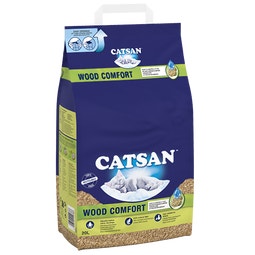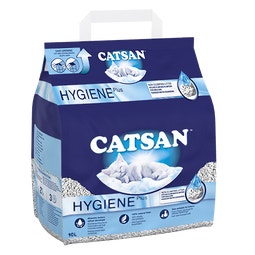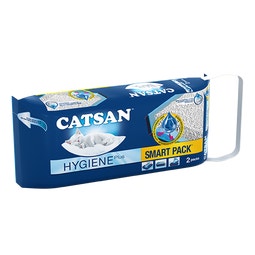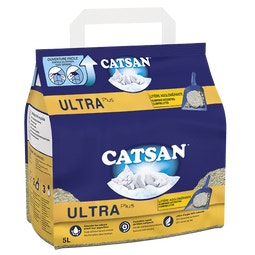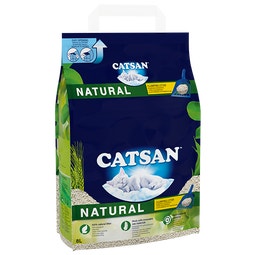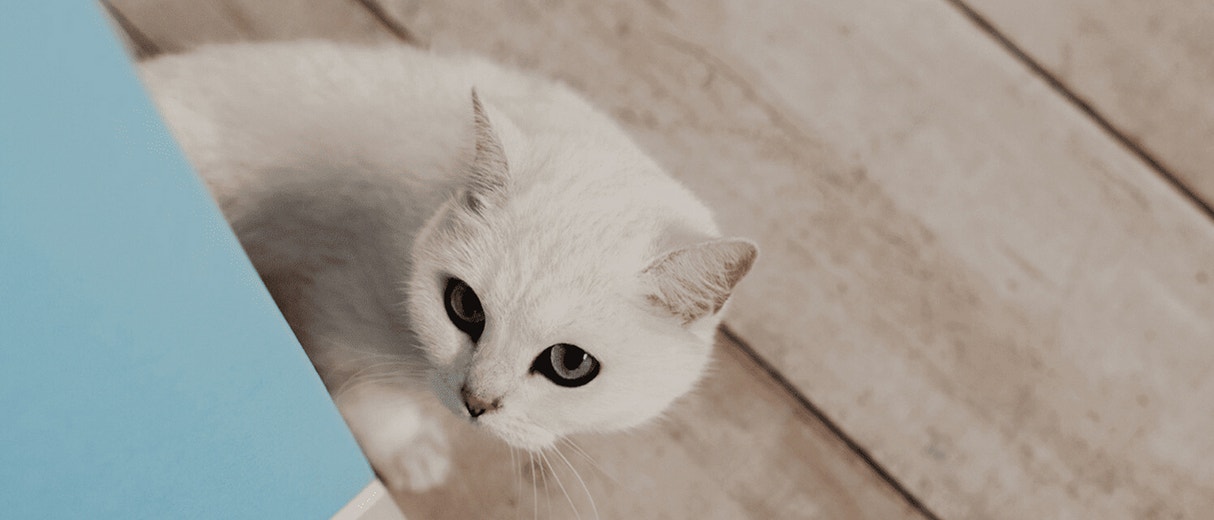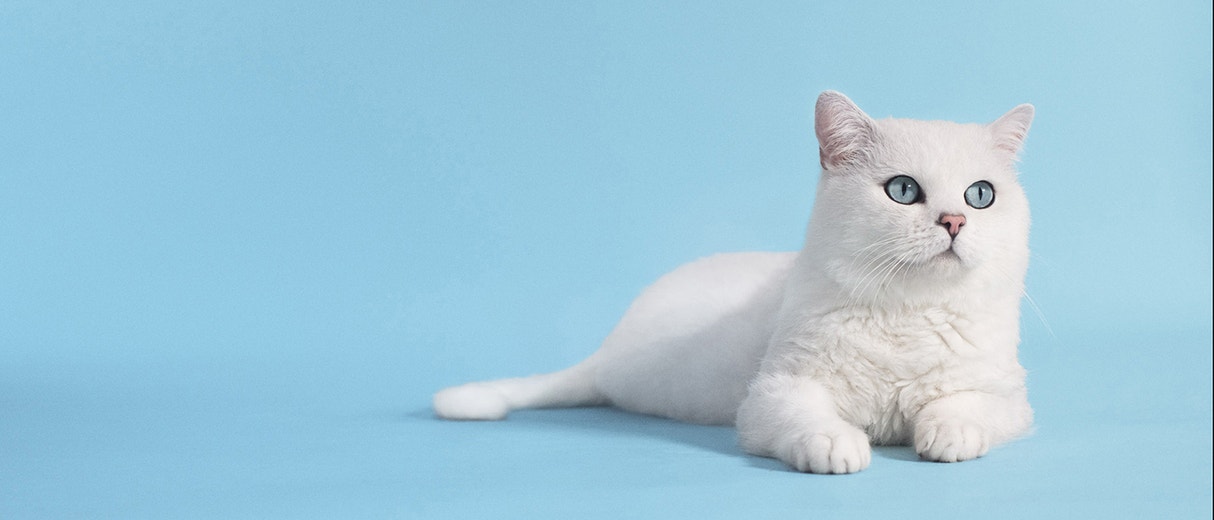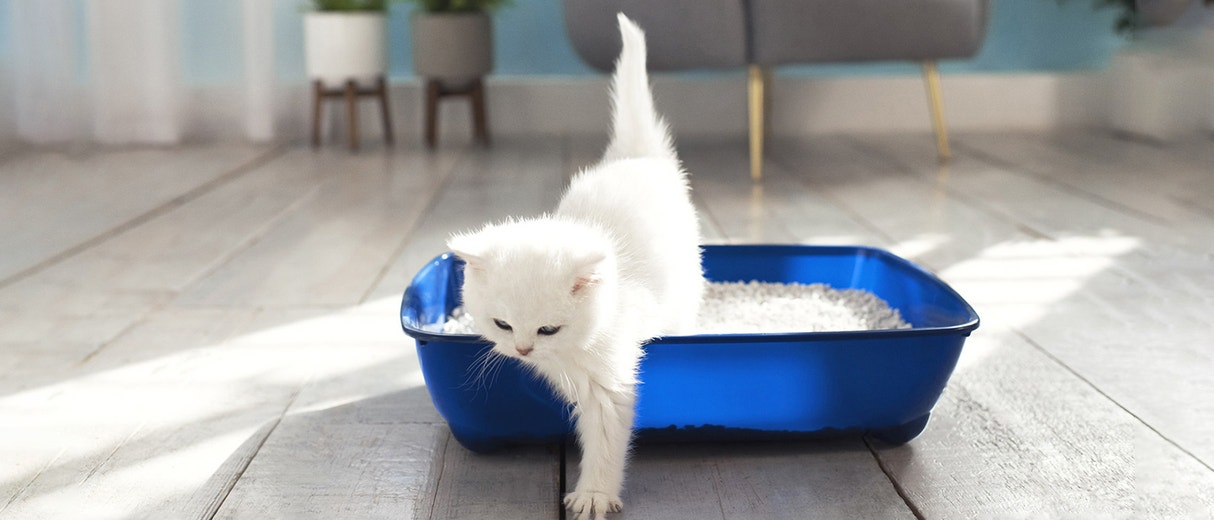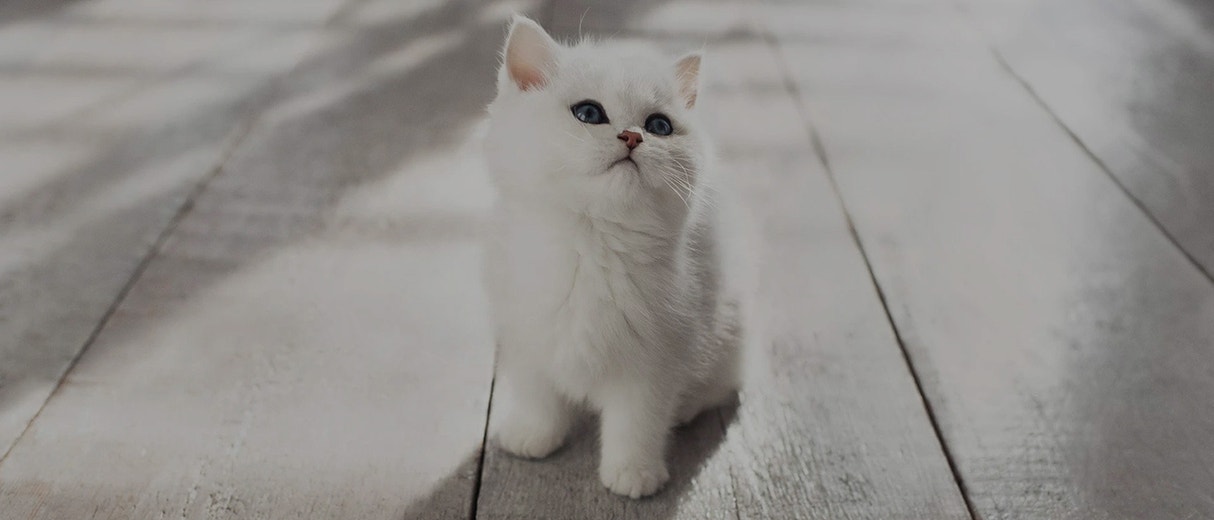
Clumping cat litter versus non-clumping cat litter: The scoop
You probably know that there are two main types of cat litter: clumping and non-clumping. But you might not know which is best. The truth is there isn’t a simple answer to that, and it’s about finding what’s better for you and your cat. (Mainly them, if we’re honest. We all know we’re owned by our cats and not the other way round!)
Here we take a look at the pros and cons of both types of litter, and why it’s important to get it ‘right’.
Non-clumping litters
Non-clumping litters, such as Catsan™ Hygiene Plus Litter, absorb a large volume of liquid and lock away odours. This means if you remove any faeces daily, the litter tray will stay fresh for up to a week (that’s if you’re using Catsan™ - less high-quality litters will need changing every few days). Once a week, you’ll need to completely empty the litter tray, clean it and then fill it with fresh litter. This is a more frequent cleaning routine than if you were using a clumping litter but it’s still not very arduous.
The other things to bear in mind about non-clumping litters is they are less heavy to carry when you’re out shopping and some cats prefer their texture. They’re also the best litter for kittens under 12 months of age because they’re less likely to cause trouble if eaten and kittens, being curious little creatures, have a tendency to eat everything in sight!
Clumping litters
With clumping litters the clue is in the name! They form a solid clump around urine or faeces so that you can just remove that without having to empty the entire litter tray (make sure you top up with extra litter to make up for what you’ve removed). This means you can do a thorough clean of the litter tray less often, although it’s important to remember that cats are fastidious about cleanliness and have a highly-developed sense of smell. This means you need to keep their litter tray in tip-top shape.
If you are going for a clumping litter, try Catsan™ Ultra Plus Litter or Catsan™ Natural clumping litter.
Why it’s important to get it right
As a cat lover, you probably don’t need to be told that cats can be fussy - and sometimes if we’re honest, downright finicky! This means if they’re not happy with their litter, they might avoid using the litter tray altogether. This can result in them eliminating in places where you’d rather they didn’t and, worse still, make your feline friend stressed and unhappy.
Do bear in mind that cats tend to get set in their ways so, if you’re trying a new litter, you have to mix it in gradually with their old one to give them a chance to get used to it.
The golden rule to choosing cat litter
Whether you use clumping or non-clumping litter you need to keep the litter tray scrupulously clean and fresh smelling. Your cat expects - and deserves - nothing less!
Your at-a-glance guide:
CLUMPING LITTER
- Forms a clump around urine and faeces that can be easily removed
- Litter will need to be completely changed less often
- Not recommended for kittens
- Usually higher tracking
- Dust is often less visible
- Heavier
- Some cats prefer it
NON-CLUMPING LITTER
- Absorbs urine and locks away odours
- Litter will need to be completely changed relatively frequently
- Recommended for kittens
- Usually lower tracking
- Dust can be more visible
- Lighter
- Some cats prefer it


